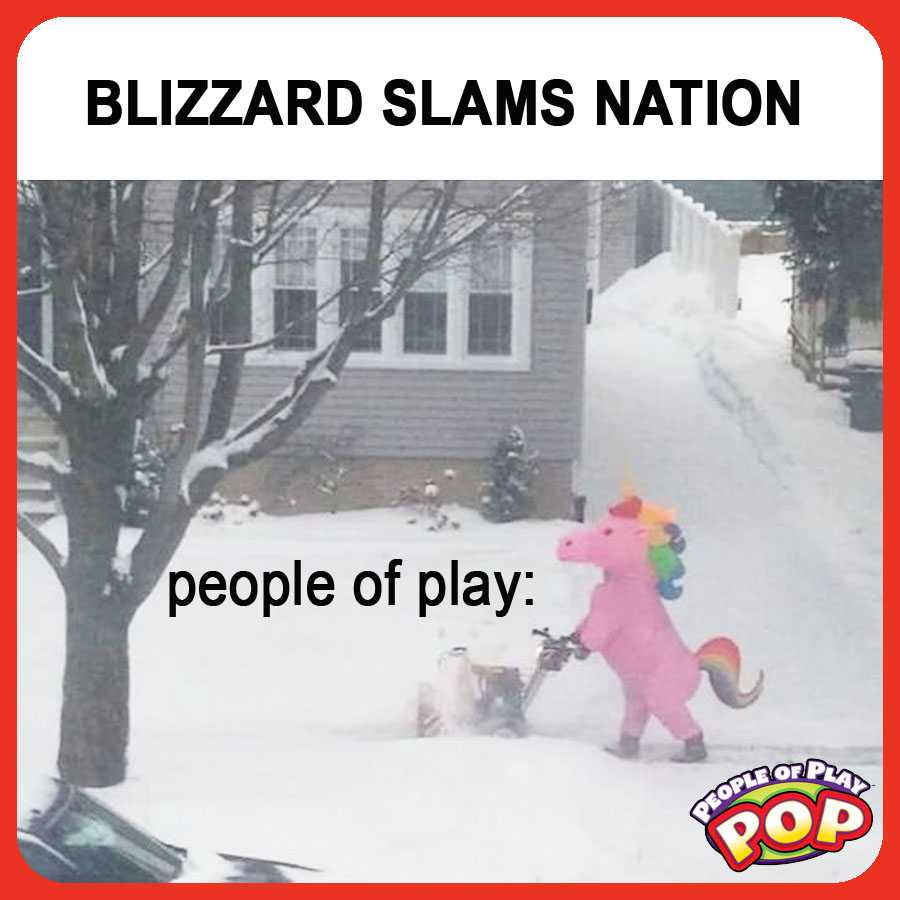Robert Victor: 'Nerf'ly' Advice from a Former Neighborhood Terror
by People Of Play | 08 Feb 2021
Biographies and Interviews
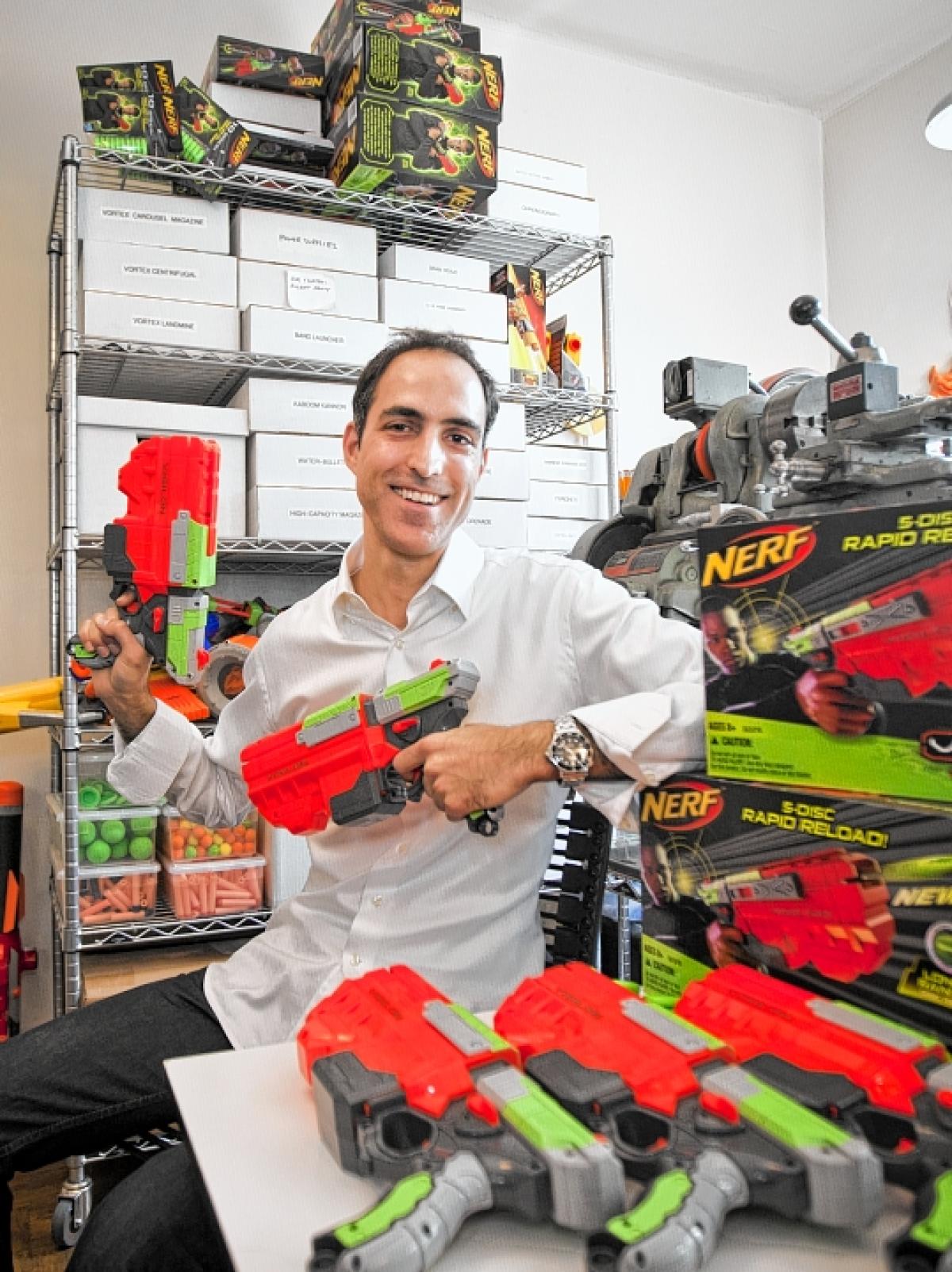
Why and how did you get into the Toy and Game industry?
As with most inventors, my career had a certain unplanned quality to it. I left college permanently during the middle of my Junior year. I‘d been a 4.0 student up to that point, and within one semester I just completely crashed. Maybe it was burnout, or maybe disillusionment. I’m still not sure. I don’t like to say that I dropped out, though. That makes it sound too elective. I prefer to say that I washed out, in the sense that I really did try to stay. The system simply rejected me, and that’s precisely what it’s designed to do. I was never cut out to be an engineer. I didn’t know it at the time, but I was actually an inventor. The problem at the time is that there wasn’t a degree program for that.
I spent the next ten years or so doing R&D projects on a freelance basis for universities and science museums – always with the goal of someday starting a consumer products company with dedicated engineers and manufacturing capability. Things really started to pick up when I moved from Michigan to NYC. I started out doing contract R&D projects for local universities, and then transitioned to doing work-for-hire jobs for product development firms in the area. One of those firms was Creative Engineering, Inc. which was founded by a very talented former Hasbro-engineer named Paul Dowd. I did freelance work there for almost three years, and during that time, I had the opportunity to observe a world-class engineering consultancy up close. Since many of their clients were major toy companies, I also gained an insider’s knowledge of the toy industry. Right from the start however, I knew that I didn’t want to do consultancy work as a career. I therefore spent every free moment working on concepts of my own. Fortunately, I also happened to have a fully-equipped prototype lab in my tiny 500 square-foot New York City apartment. There was a lathe, milling-machine, and drill press in the living room, an air compressor and radial-arm saw in the kitchen, and shelves full of hardware and raw materials in the bedroom. I also had a very tolerant landlady. My first concept to get picked up was a small folding glider for Jakks Pacific. I then presented about eight Super Soaker concepts in a row to Hasbro – all of which they passed on. That was pretty tough on me, since my method of operation is to build fully-functional prototypes rather than just present concept artwork. Fortunately, Hasbro’s inventor relations person at the time, Dave Maurer, saw some potential and was actually quite encouraging. A few months later, I presented a couple Nerf concepts and one of them got picked up. That was in 2009, and I’ve worked exclusively with Hasbro since then.
What trends do you see in toys or games that excite or worry you?
I’m not an industry expert, but I’d say the same thing that I think everyone else would probably say - There’s a definite trend toward digital, and the challenge for all of us who make things out of plastic is to figure out how to integrate those two worlds.
What advice can you give to inventors who are presenting new toy or game ideas to you?
I have a pretty poor track-record when it comes to partnering with other inventors. However, I’m quite encouraging of inventors who are interested in presenting their concepts directly to toy companies themselves. My first piece of advice is to remember that toy companies are indeed “companies”, and companies are full of busy professionals who like to work with other professionals. So, my first piece of advice to aspiring toy inventors is don’t be a whack-job. Eccentricity is cute in small doses, but it doesn’t get you very far in business. Use deodorant, wear clean clothes, know how conduct yourself during a meeting, how to write an email, how to make a phone call. Above all else, don’t be paranoid. That’s the most common disease that afflicts inventors. Toy companies are not out to screw you. As far as an inventor is concerned, even the largest multi-national corporation is made up of probably three or four key individuals, and you’re in the process of establishing a personal relationship with those people – not with a monolithic corporation. If you don’t like and trust those few people, and if they don’t like and trust you, go somewhere else. You’re wasting your time and theirs.
What was your favorite toy or game as a child?
I really loved my first BB gun. I had a pretty liberal childhood. I still remember the first time I ever fired it. My father nailed an empty plastic container to the side of the deck to use as a target. We backed up about 20 feet, I raised the rifle to my shoulder, and in my peripheral vision I remember seeing my dad cover his ears. As a child, he was a war refugee, and he grew up around guns and tanks and hand grenades. When my BB gun made a little pop instead of a big flash and bang, he decided it was harmless, and he wandered off and left me to myself. From that point on, I was the terror of the neighborhood.
What does your typical day look like?
My schedule is pretty unconventional, and I’ve been telling myself for years that I’m someday going to adjust it. I usually make it into the office around 2 pm. Our office manager Saba is on a pretty structured schedule, and she leaves at 5pm. As a result, we usually only have a few hours to interact. Another of our engineers, Vlad, leaves at 6:30 pm, so I usually have just a few more hours with him. Our other engineer Chris keeps a schedule similar to mine, so he’s usually at the lab until around midnight. I typically stick around a few hours after that, usually leaving at around 2 or 3am.
What is the worst job you’ve ever had and what did you learn from it?
My worst job ever was in the shipping and receiving department of a small manufacturing company in Michigan. I was supposed to open, check, and sort all the incoming packages. I was painfully slow at it. The worst blow came when one of the secretaries filled in for me one morning. It was her first time doing it, and she did the whole job in about half the time it usually took me. It was just the way my mind worked. That was the first and only job I’ve ever been fired from.
What inspires you?
Hate. They say love makes the world go ‘round, but they’re wrong. Hatred is the most powerful force in the universe. It’s been said that all the great men in American history were great haters. They hated slavery, or unfair taxation, or imperialism. If you lose your hatred, you’ve lost your most effective motivator. I personally hated working for someone. I hated being broke. I hated the people who decided that I was never going to amount to anything without a degree, and the people who have power over me and who cause my life to be something other than what I want. I’m very careful to protect and nurture that hatred, because when it dies, I’ll know that my ascent will have come to an end and I’ll just be coasting.
Where did you grow up and how did that influence who you are today?
I was born in Pittsburg, PA, but only lived there for about a year. My elementary school years were spent in the small town of Westerly, Rhode Island, and my high school years were spent in Flint, Michigan. It was great to have a little bit of the East coast and a little bit of the Midwest while growing up.
What is one mistake you’ve made, and what did you learn from it?
I don’t deal with very much regret in life. That might be because I’m a pathological optimist. If I were given a chance to re-do my life, I honestly wouldn’t know what I should change in order to improve things. I don’t say that because my life is amazing. It’s just that I’m fairly convinced that, for the most part, I’ve made the right call, given the circumstances, for every life-decision I’ve ever faced. In other words, I’d be afraid to change anything I’ve done along the way because it would very likely result in things being worse, not better.
What do you read every day, and why?
The first thing I scroll through when I first wake up is the image-sharing site Imgur. As someone who’s in the business of creating consumer products, it’s immensely important to understand pop culture - particularly Millennial culture. We might not agree with them, but we gotta understand them. I remember seeing an interview a few years ago of the great inventor Dean Kamen, where he stated that he hadn’t seen a movie in fifteen years, and that in fact he wouldn’t even know how to purchase a movie ticket. That level of ignorance of popular culture is tremendously dangerous for a company that creates consumer products, and it’s no surprise that his company was responsible for the poorly received Segway Personal Transporter – a product that was technologically perfect, but culturally tone-deaf. As far as national news, the first site I check when I get to the office is the Daily Beast. Then it’s on to the tech-site New Atlas. Finally, I always end my day with a pretty heavy dose of YouTube - partly to survey pop culture, but also to simply decompress and take a brain break.
What is your favorite gadget, app or piece of software that helps you every day?
Like a lot of people, I’m pretty tied to my iPhone. I suffer from severe separation-anxiety if I accidentally leave home without it.
Are you named after anyone?
I have one older brother, and I’m assuming that my father had the privilege of naming him because he’s a Junior. Apparently, my mother had the right to name the second kid. She called me Robert because she thought it sounded like an architect’s name. She was a secretary in an architecture firm in Miami when she was a teenager. I’m not sure how she knew, but she was right. I would have been a damn good architect. Probably one of the best in the world. I still consider myself an architect, though. I’m a product architect. That’s a real thing. Honest.
Do you have any kiddos?
I have no kids, and if I’m lucky, I’ll make it through the rest of my life that way. Actually, that’s not entirely true. My company is my kid, and so is every product that comes out of it.
Tell us about your laboratory.
Just to clear up any ambiguity, at Kite and Rocket Research, we work in a laboratory. Not in a studio. Not in a shop. Especially not a shop. We have a three-strikes policy for visitors who insist on using that word. If a visitor continues to call our facility a shop after we’ve given them the preferred term, they get to wait out on the sidewalk by themselves until everyone else is finished. A laboratory is a very specialized place where two very specific activities occur. In a laboratory, questions are asked, and questions are answered. Simple as that. Whether it’s a Linguistics lab, a Soil Lab, a Psychology lab, or an Engineering lab, the two fundamental activities are the same. At our lab, we ask ourselves questions dozens of times per day, and then we do our best to answer those questions as quickly and as accurately as possible, either by constructing physical prototypes or by performing isolated experiments. For example, we might ponder whether it’s possible to launch a dozen darts at once using a single spring, or whether it’s possible improve the accuracy of a projectile by keeping its mass the same but changing its aerodynamics. Everyone here has a lab coat with their name on it because we expect our engineers to spend just as much time at their lab bench fabricating prototypes as they do in front of their computer. And despite the apparent neatness and order of our facility, we ruin those lab coats on a regular basis. When it comes time to retire one however, we never throw out the company logo. Those get carefully snipped out and pinned up on the wall behind the coat rack.
How did you arrive at your company name?
Like most odd names, there’s a story behind ours. When I first started doing contract R&D work for local universities and science museums back in Michigan, there were not a lot of places around to purchase the small intricate components that went into those early prototypes. However, one place that offered an almost unlimited supply of unusual and fascinating components was the local hobby shop, Rider’s Hobby, which was a world-class shop by any standard, to say nothing of a small town like Flint. They were located in a strip mall on one of the more highly-developed streets in town, and each week, a different business in the mall got to use the giant signboard near the street to advertise their store. That sign was huge, and I remember driving past the store one day when it was the hobby shop’s turn to use it. They could have written anything there they wanted, but they chose to put up only three short words: Kites and Rockets. That was it. They knew that was all they had to say to communicate all the exploration and excitement and adventure that was inside that store. Years later when I moved to NYC, I felt like I needed to change the name of the company to something that didn’t have my own name in it, and I therefore signed on with a small corporate-identity firm, T.R. Nimen, to help me chose the new name and create some branding. The principle there, Tom Nimen, asked me to put together a list of fifteen or twenty words that I liked the sound of. I did that, and I ended my list with the story of driving past the hobby shop years ago. I also remember adding a specific note saying that I wasn’t at all proposing that as a company name. In fact, I actually wanted something established and serious sounding. Maybe with the words Development or Dynamics in it. However, one week later, Tom presented a list of this top three recommendations, and at the very top was the name Kite and Rocket Research. It took me a few days to warm up to it, but ultimately Tom was right. That name really captures what we’re about – the combination of playfulness and technical capability. It also seemed to fit well with the core mission of the company at the time, which was to create medical and accessibility products for the home-consumer market. That field is crowded with uninspiring names like Drive and Invacare (“We care for invalids!”). We wanted a brand that someone would be proud to have on their prosthetic leg. Kite and Rocket was exactly that.
Along the way, we encountered a hugely fun distraction called the Toy Industry, but our core mission still remains, and we look forward to a time in the near future where both activities can co-exist at our lab with the same happy cooperation as two Golden retrievers wrestling for the attention of a kid with a tennis ball.
Do you have an Internship program?
From the very beginning, we’ve wanted to have an educational aspect to the company. We haven’t yet had the time or resources to hold actual classes or workshops yet, but we’re at least fortunate enough to have an active internship program. We have a great relationship with a highly ranked science prep-school here in the city, Stuyvesant High School, and most of our high school interns come from there. As far as college level interns, we’re fortunate to be surrounded by some world class universities here in the city, and we’ve had kids from Cooper Union, NYU, Columbia, and Cornell.
As far as what they do when they’re here, I’m pretty sure we’ve got it all backward, because these kids usually get to do more interesting projects than we do. Essentially, we use our interns to build the projects that we would want to do ourselves if we weren’t so preoccupied with doing actual work. We keep a running list of projects – each one equivalent to a half-summer of effort for a reasonably skilled kid. They include things like a “Nerf Roomba” to pick up the Nerf ammo that we’re constantly littering across our 85-foot long lab space, or a miniaturized submersible RC airplane that can “fly” inside the 4-ft x 4-ft acrylic water tank we have here at the lab, or a table-top tornado-cell that can generate giant smoke tornados on a lab bench, or a motorized Nerf blaster mounted to our ceiling that visitors can control through our website. The list goes on. Unfortunately, we’re such a small company that we typically need to limit our interns to two kids per summer and one during the school year. There was one summer where we had more interns than employees – all of them in high school. That was a hugely fun summer, but we didn’t get a lot of Hasbro work done. After that experience, we try to strike a balance.
We love your website, why all videos?
For many years, we simply had a static website that was little more than an online business card. We weren’t using our site to attract customers or sell a product, so we just needed it to provide some general contact information and communicate a little bit about our company culture. We’re still not trying to sell anything, but several months ago, I decided that I wanted our site to communicate a little bit more about our company culture than what we were doing. Most small companies like ours, when confronted with the same desire, will add a tab to their site called “About Us”, and they will then proceed to type several paragraphs of text telling the world who they are. However, we thought it seemed silly to tell the world who we are when we could show the world who we are. That’s how our video site was born. Our entire website is just one big collection of videos of us being curious, breaking things, socializing, and experimenting. It was the purest way I could think of to communicate our company culture, and who we are. Very few of the videos on the site are planned. Instead, someone here usually has an interesting thought or a compelling speculation, someone else impulsively decides to act on it, and yet another person (usually me) has the presence of mind to grab their phone and videotape the whole incident before it’s over. We’ve had the site up for about six months now, and it already contains over a hundred videos. http://kiteandrocket.com
Recent Blogs
Recent Blogs
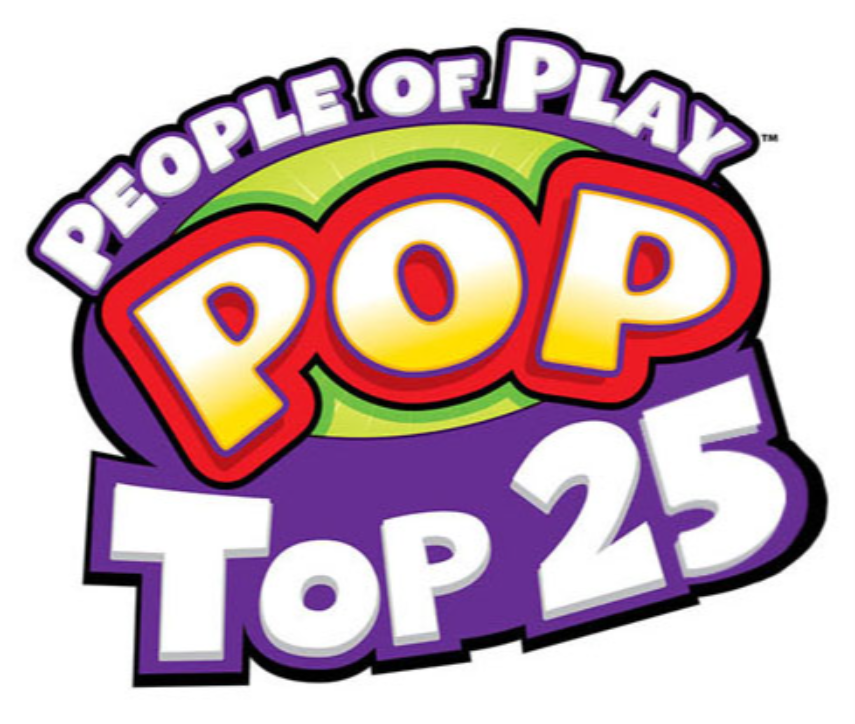
Industry Commentary, Op-Ed
The Top 25 POP Profiles of 2025
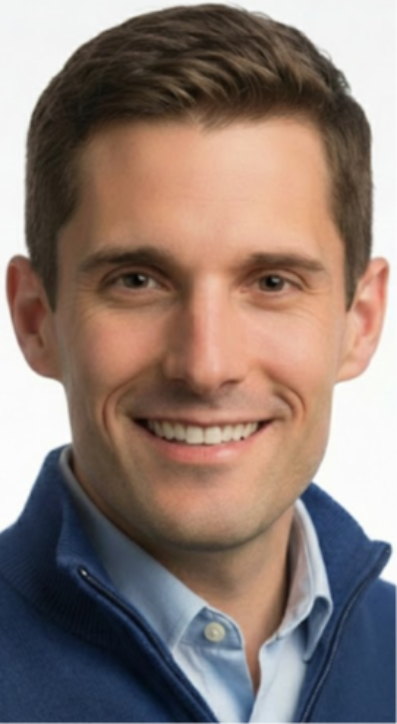
Biographies and Interviews
Ben Krenz Talks Moose Games, The Rise of Kidults, and More!

The Bloom Report
The Bloom Report Issue Archive
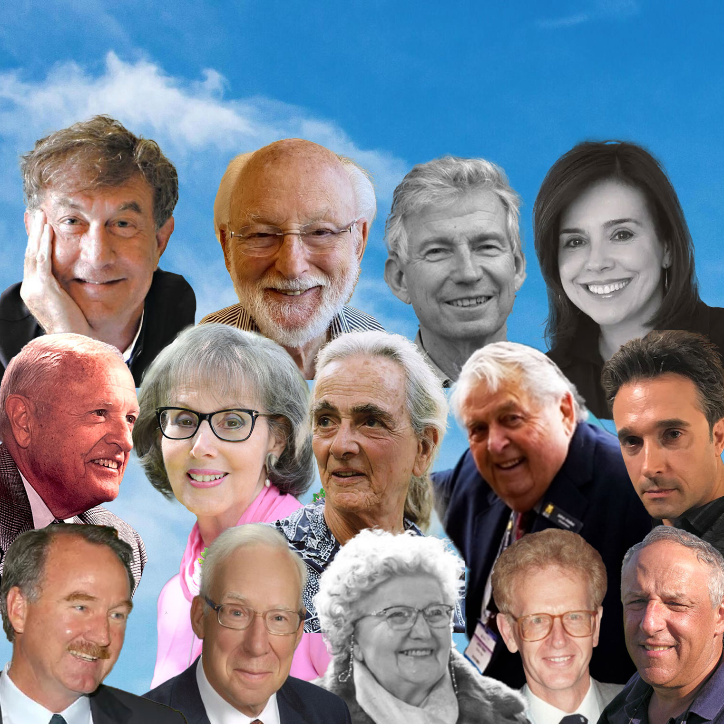
Play Through History
The Lives They Lived: Rest in Play Edition 2025

The Bloom Report
Toy and Game People Obituaries - RIP - Rest in Play
See more
Recent Wiki
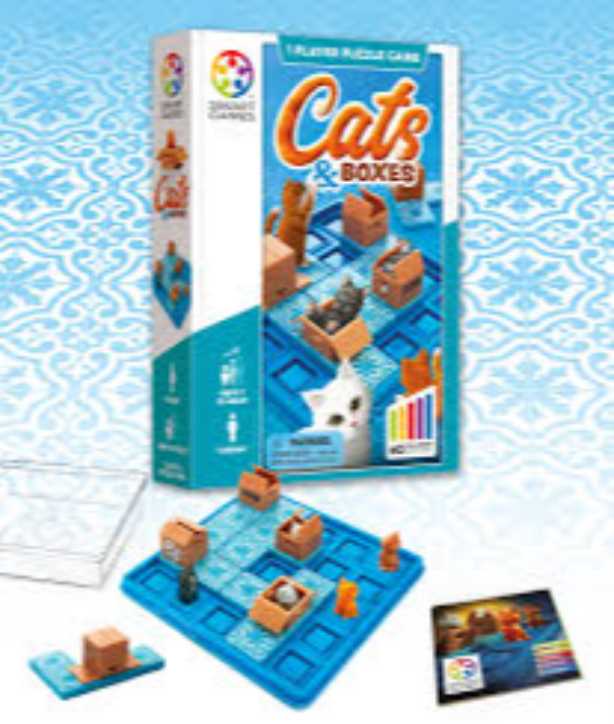
BOOK REVIEWS
Game Review: Cats & Boxes

PEOPLE
Ana Maria, Founder of The Magical Underland Inc., Rings in the Holidays with a new kind of Christmas Tree
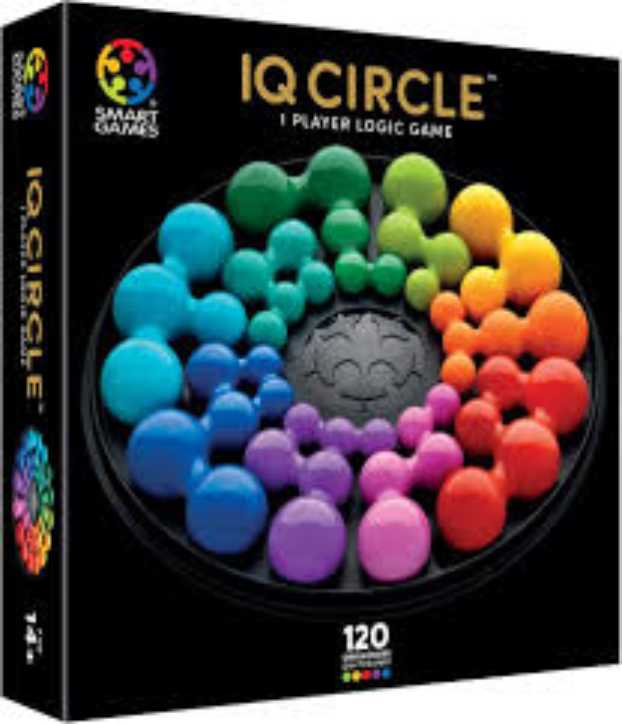
BOOK REVIEWS
Game Review: IQ Circle
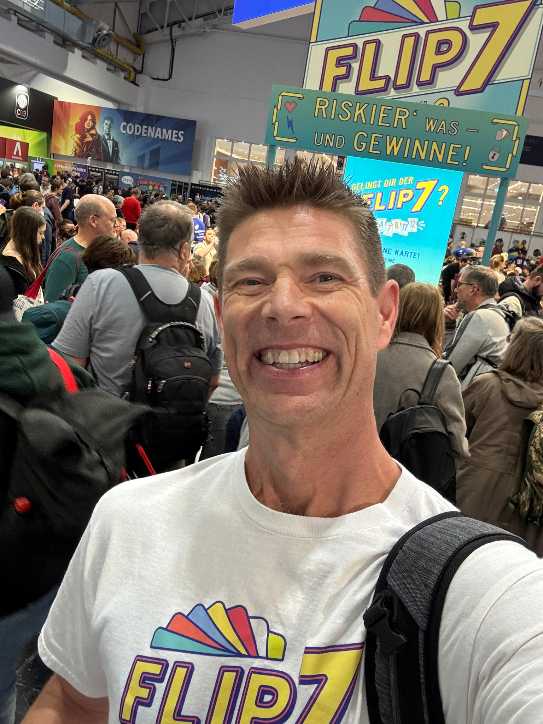
PEOPLE
Catching up with Eric Olsen, The Inventor of Flip 7 and Co-Creator of Messy Table Games
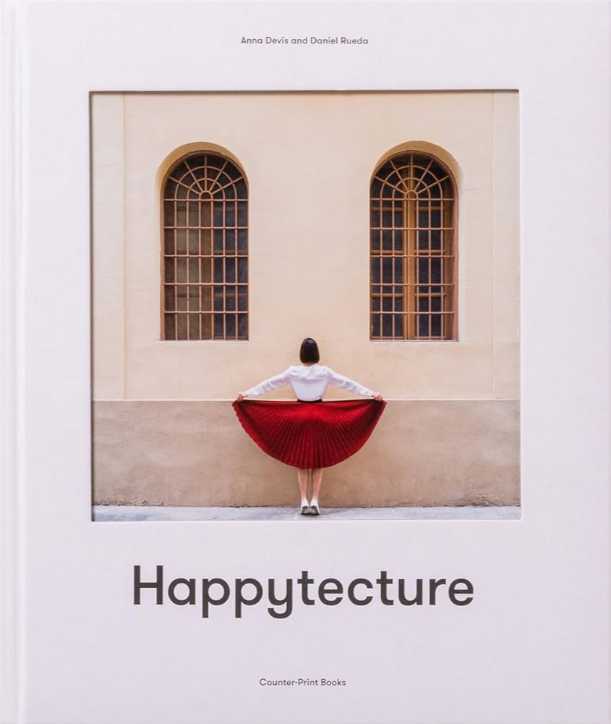
BOOK REVIEWS
Book Review: Happytecture by Anna Devís & Daniel Rueda
See more
POP's Got Talent

POP Entertainment
Randy Klimpert Shares his Ukulele Collection

POP Entertainment
Steve Casino Peanut Art

POP Entertainment
Everyone's Talking about POP!

POP Entertainment
Princess Etch - a Multi-Talented Etch A Sketch Artist

POP Entertainment
Joseph Herscher of Joseph' s Machines.
See more
Recent POPcast

Hidden Role: The Brains Behind your Favorite Games
Connie Vogelmann designed Apiary & Wyrmspan!

Hidden Role: The Brains Behind your Favorite Games
Bob Fuhrer... Is THE Crocodile Dentist!

Hidden Role: The Brains Behind your Favorite Games
Tom Dusenberry... Bought Atari, Wizards of the Coast, and Avalon Hill!

Hidden Role: The Brains Behind your Favorite Games
Matt Leacock created Pandemic... the game!

Hidden Role: The Brains Behind your Favorite Games
Scott Brown and Tim Swindle... are Launching a New Sport!
See more
POPDuos

POPDuos: Interviews with Legends and Leaders
POPDuo: Richard Dickson, Mattel’s President & COO, and Kedar Narayan, Young Inventor Challenge AMB

POPDuos: Interviews with Legends and Leaders
POPDuo: Will Shortz and Josh Wardle

POPDuos: Legends and Leaders Explore Creativity
POP Duo: Elan Lee, Co-Founder, Exploding Kittens.and Jeff Probst, Host and Exec Producer, Survivor

POPDuos: Legends and Leaders Explore Creativity
POP Duo: David Fuhrer, MNG Director, Blue Sq Innovations & Shawn Green, past Dodgers & Mets MLB Star

POPDuos: Legends and Leaders Explore Creativity
POP Duo: Bob Fuhrer, Founder, Nextoy and Tom Fazio, Golf Course Designer
See more
